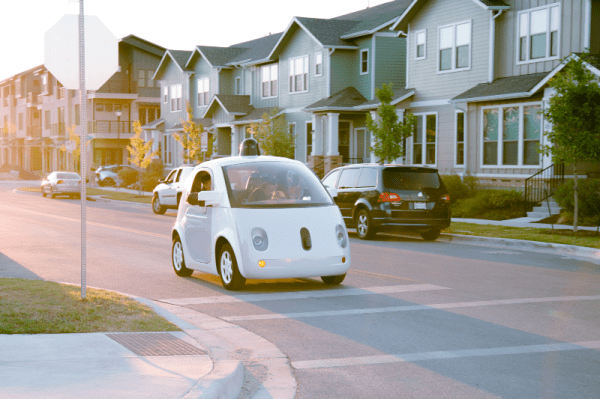Yesterday, the California DMV posted a draft of proposed regulations for self-driving vehicles. Obviously, Google was waiting to see what came down and now that they’ve had some time to look through it all, their head of the Self-Driving unit, Chris Urmson, has responded with a Medium post.
Since these regulations are in draft form, the long back and forth between companies and the DMV begins now. However, many were not impressed with what has been initially proposed. The key takeaway from these is that California would like a licensed driver behind the “wheel” at all times. Well, fully autonomous cars might not have wheels. Because people don’t want to drive.
California’s Lt. Governor Gavin Newsom said in a statement:
These latest draft regulations may prove too onerous, create road blocks to innovation, and may ultimately drive the development of this promising industry to other states.
Urmson’s tone similarly cuts to the chase:
In a perplexing move this week, however, California seemed to shrink back from its leadership: the CA DMV proposed a draft rule that would require a self-driving car to have a licensed driver at all times. This maintains the same old status quo and falls short on allowing this technology to reach its full potential, while excluding those who need to get around but cannot drive. While we’re disappointed by this, we will continue to work with the DMV as they seek feedback in the coming months, in the hope that we can recapture the original spirit of the bill.
Google has been pretty damn transparent when it comes to their self-driving project, even publishing monthly reports that talk about accidents that took place and learnings from the team.
Urmson’s closing is equally as strong, challenging California to be a leader in the US in this type of innovation.
California is a state with both world-class car culture and world-class innovation, and we can do better. Instead of putting a ceiling on the potential of self-driving cars, let’s have the courage to imagine what California would be like if we could live without the shackles of stressful commutes, wasted hours, and restricted mobility for those who want the independence that the automobile has always represented.
There’s no “winners” or “losers” here yet, but the conversation about self-driving cars isn’t starting off the way that Google and other companies have hoped. Consumers simply don’t know enough about the technology to weigh in yet, which is why Google is trying to, and overdoing it sometimes, explain the ins and outs the best they can. Its program in Austin is a shining example of that. They’re not simply testing the roads there, they’re testing the community. Talking to them about what they think.
If the people don’t want to drive their cars, then states are going to have to put in more work to understand why and how.
